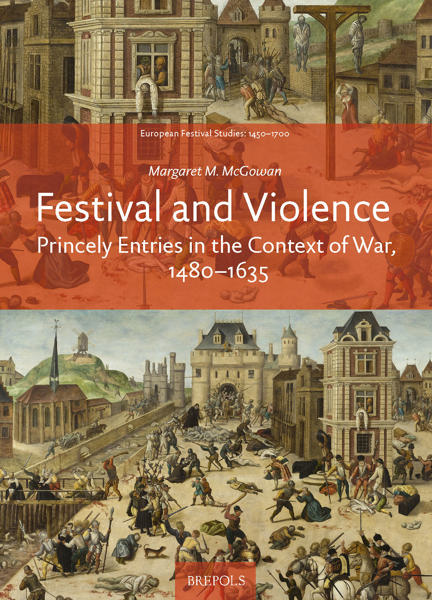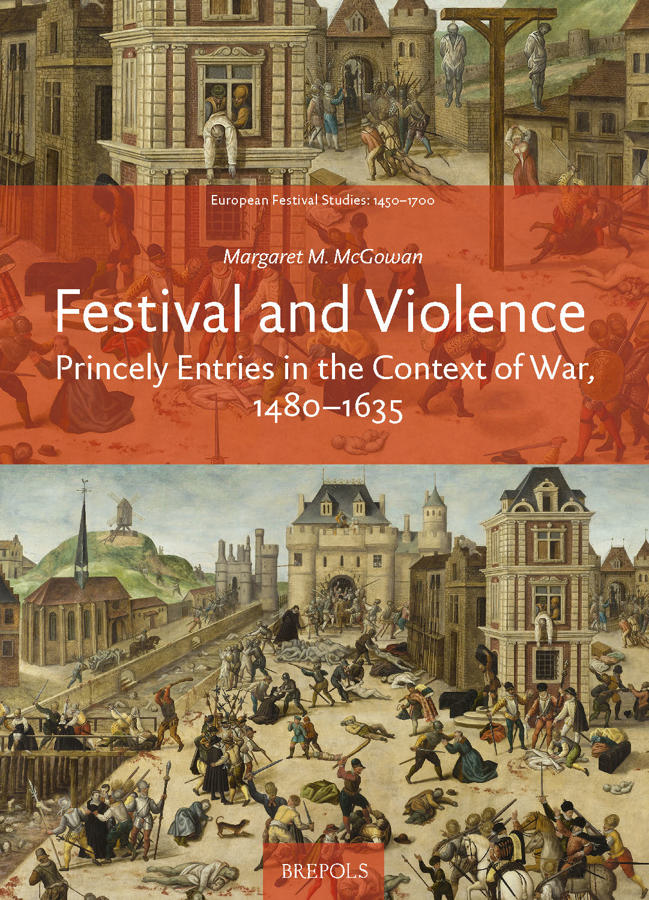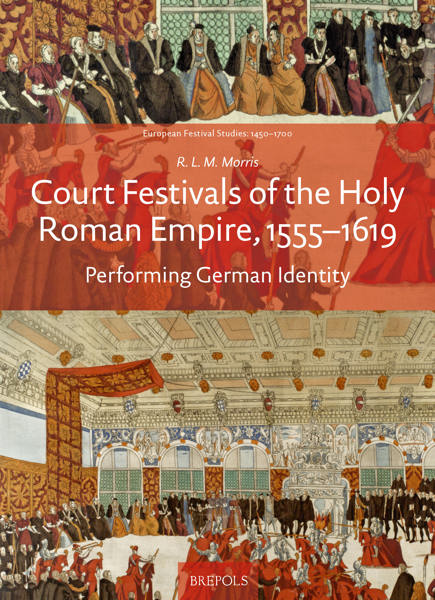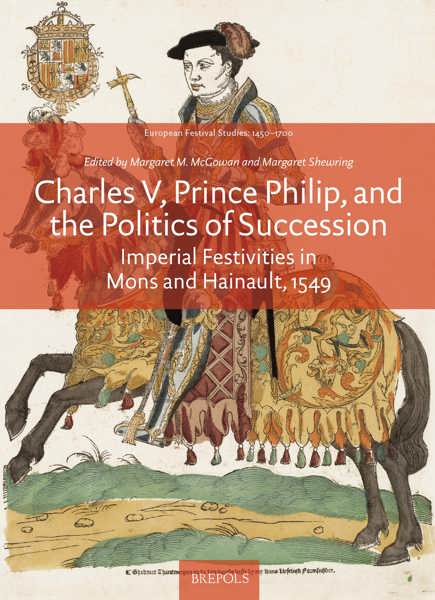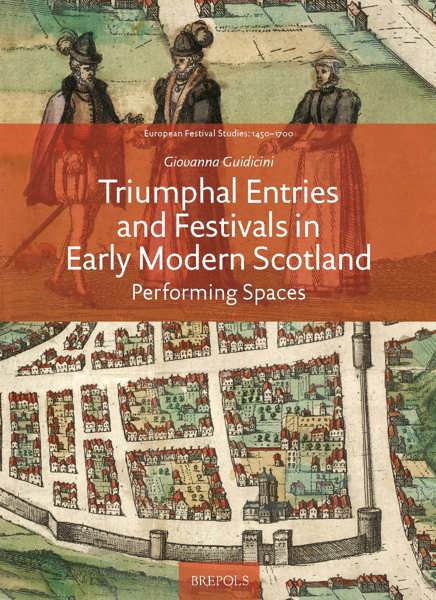
- Pages: 303 p.
- Size:178 x 254 mm
- Illustrations:48 b/w, 9 col.
- Language(s):English
- Publication Year:2019
- € 95,00 EXCL. VAT RETAIL PRICE
- ISBN: 978-2-503-58333-4
- Hardback
- Available
- € 95,00 EXCL. VAT RETAIL PRICE
- ISBN: 978-2-503-58334-1
- E-book
- Available
This study places festival entry ceremonies within the context of war, seeking to explore how the painted and sculpted monuments invented for princely entries blended triumph and violence.
Margaret M. McGowan, Fellow of the British Academy, is Research professor at the University of Sussex. Her research interests centre on intellectual, cultural and artistic concerns in Early Modern Europe. Her publications include; L'Art du Ballet de cour, 1581-1643 (1963); Montaigne's Deceits (1974); Ideal Forms in the Age of Ronsard (1985); The Vision of Rome in Late Renaissance France (2002); Dance in the Renaissance (2008); and Dynastic Marriages 1612/1615 (2013). She gave the Leopold Delisle lectures in 2012, was awarded the Wolfson prize in 2008, and the CBE in 1998.
European Renaissance Festivals are noted for their extravagance, for their inherited classical culture, and as evidence of how court and civic spectacles could express political, religious, social, and economic aspirations. In this new monograph, the accent is firmly on the violent context of Magnificence: it examines how war affected the minds and practice of both artists and princes, and shows how victims and their suffering were as prominent in festival as were conquerors and their projections of victory. What emerges here is the dark side represented in princely entries where imperial ambitions are built upon civic devastation and where myths elaborate and expose their ambiguous nature and message. Artists and poets collaborated in bringing victory and violence together: Mantegna and Durer in triumphal processions; Frans Floris and Rubens on the canvases they created for triumphal arches, where mythology was put to work to arouse excitement for deeds of heroism and death, while engravers depicted scenes of war and destruction to accommodate contemporary taste.
Preface and Acknowledgements
List of Illustrations
Plates
Introduction
Chapter I. The Military Entry
- Classical Prototypes of Triumph
- Military Pomp in Renaissance Triumphs
- Charles V’s Entry into Bologna — Defender of the Faith
- Aspirations for Empire
- Assertions of Imperialism through Cartography and Tapestries
- Appropriation of the Imperial Dream
- Chivalric Performances
- Mock Sieges and Mock Battles
- Naumachia
- Military Drills
- Images of War in Art and in Poetry
- Ambivalence in the Vision of Triumph and Defeat
- The Roman Legacy
- A Taste for Scenes of War
- Memorials of Achievement
- Hercules and his Twelve Labours
- Jupiter’s Triumph over the Giants
- Jason and the Golden Fleece
- Gideon, Man of God
- The Persuasive Power of Symbols
- Allegories as Expressions of Victory and Punishment
- Imprese, Hieroglyphs and Dynasties
- The Sun: Symbol of Power
- Coherence and Confusion: Addiction to Symbols
- Resplendence: A Necessary Condition
- Believing the Hyperbole
- Poetry and Music
- Authenticity of Records
- Preparations for the Entry
- The Realities of Performance
- Reconstruction
- I List of Entries into European Cities, 1480–1635
- II Printed Primary Sources
- III Catalogues
- IV Secondary Studies
General Index
